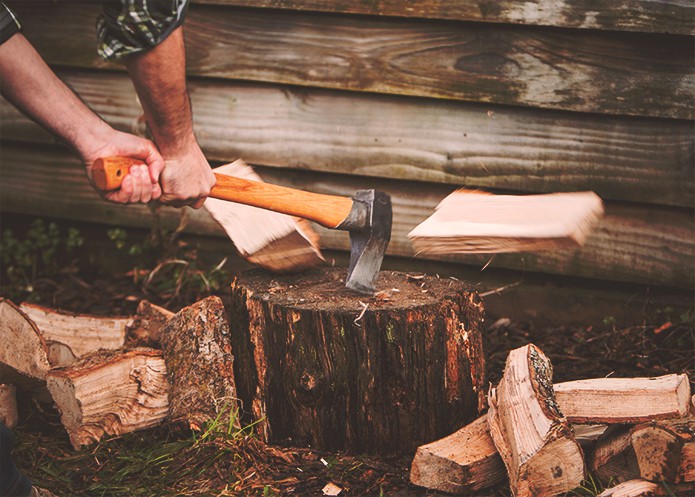
A lifetime of splitting firewood.
In writing this piece I thought it best to begin by addressing the question of why I feel it is so important that anybody who has wood fires should try and develop at least some skill in splitting wood – essentially for: ease, efficiency, safety and pleasure! Preparing wood for the fire is as old as mankind and need not be a chore. Indeed as Albert Einstein is reported to have said, “People love chopping wood. In this activity one immediately sees results.” I couldn’t agree more.
I will focus on wood splitting with an axe or maul and the use of a hammer and wedges. Mechanical wood splitters are used by some wood-burning families, but could not be considered a traditional skill.
I have never felt chopping my wood to be a chore. The gentle, steady exercise while developing some skill with what is probably mankind’s most ancient tool, is for me a completely satisfying experience. With an understanding of the basics and having given some time to developing your accuracy with the axe, you are ready. Once having mastered the art of splitting firewood, I found that I felt closer to the seasons and a part of this timeless way of life.
Why do we split firewood?
Before considering the three essential elements; the axe, the chopping block, and the log, it is worth pausing and considering why we are taking the trouble to split the log in the first place. There are three reasons. I believe the single most important thing about firewood is that it should be dry and properly seasoned (i.e. with a moisture content ≤ 20%). As most tree bark is to a greater or lesser extent waterproof, splitting the log materially speeds up the drying process. Secondly, of course, the logs must be small enough to fit the fire and in making and managing a fire it is helpful to have a range of log sizes. Lastly, and this is a more minor point, split logs are easier to stack.
When is best?
I find that most hardwood logs split more easily while they are still ‘green’ – that is not yet seasoned. When splitting conifer logs I do tend to wait until the logs are dry. They still may be split comfortably, but now do not cover me, my clothing and tools with sticky resin. In a hard winter you may find that frozen logs split well – but the knotty ones should be left to thaw out again! Do not give too much credence to simple rules of thumb about how long your logs will take to dry. Split them as soon as it is comfortable to do so. Some tree species, like oak, take longer to dry than species like birch – and to speed up the seasoning of any species, simply split the logs into smaller pieces. Once you have the inside of your split logs down to around 20% moisture content, they are ready to burn. Plan on this taking at least one full summer until you have the experience to make this judgement.
Where is best to split logs?
The rhythmic thumping of an axe may in time crack a concrete floor and could even damage the underground services. So position the chopping block where no vibration-induced damage can occur. The area around the chopping block may become worn and covered in chips of bark and wood splinters and so should be somewhere where you are comfortable with this mess. If you intend to split your wood within a building, then check that the swing of the axe is well clear of rafters, lights and cables, and that ricocheting chips will not break any windows. I know this all sounds obvious, but I have seen logs being split in ludicrous situations. Lastly, work where you have a clear view of anybody approaching – it is bad practice and dangerous to let people stand anywhere near you while you are working, and you certainly don’t want people coming up behind you unexpectedly.
Who should split firewood?
I have slipped this note in as I often find there is an expectation that only big strong men can split wood – this is, of course, complete rubbish! My three children were all reasonably competent at splitting logs with an axe by the age of 10 – although they did leave the difficult and knotty ones for me. I believe that any person with reasonable fitness and correct technique may develop this traditional skill.
It is important for all of us to work within our ability, wear loose clothing and stay warm to reduce the possibility of muscle strain. Accuracy diminishes rapidly as we become tired and I always try and stop before I am tired. This firewood is for my home, I have no boss to goad me on, nor production targets to meet – so work at your own pace and enjoy it.
The choice of axe or maul?
I have settled on using a blunt 4 lb axe for straight-grained wood that splits easily, and a 6 lb splitting maul for knotty or difficult logs. If you have split wood before, then you will already have developed a preference. If not then choose an axe or maul with a handle shape and weight of head that you are comfortable with. It is wrong to think that smaller, shorter-handled axes are safer. When splitting logs the longer the handle you are comfortable using, the safer. If I had to choose just one splitting tool it would be a maul – they are designed exclusively for this job and rarely get stuck. You may have noted that at the beginning of this paragraph I refer to my splitting axe being blunt. This is absolutely deliberate. It is a common misconception that a splitting axe needs to be sharp and that the chopping block is there to prevent the axe from hitting the ground and getting blunt – this is very wrong. An axe that is to be used for any form of cutting (such as felling trees, cutting off branches or shaping logs) needs to be very sharp indeed. My felling axe was razor-sharp and could shave a human hair three times, but I would never have dreamed of using it for splitting logs. The clue is in the word ‘split’. In splitting wood we are not looking to cut the wood, but simply to force a fracture along a line of weakness. A sharp axe will tend to cut into the wood and get stuck much more than a blunt axe. I would also suggest staying with a simple traditional design as these are time-proven.
The choice of chopping block
A good chopping block needs to be tough and stable. I tend to choose the knotty stump of a species like oak. The wood fibres in this part of the tree are often cross-grained giving it real toughness and the stump’s sloping sides give a wide base for increased stability. A trick I picked up years ago is to have the upper surface of my chopping block at a slight slope, say 10° from horizontal. This allows logs that have been cross-cut at a slight angle to be balanced on the block for splitting.
The size and height of your chopping block is to a large extent a matter of personal choice. I like a block of about 16 inches diameter (40 cm) that is about 6 inches (15 cm) below my knee height. I find these blocks stable and comfortable to work with. Store your chopping block on its side when not being used, as this will help to keep it dry and limit any rot.
Reading the log
An essential part of good technique is to cast an intelligent eye over every single log that is to be split and carefully note those logs with forks, knots or difficult grain. These can be set aside while you first work the easier straight-grained logs. Each difficult log is a complete individual and it is well worth spending the time to assess how best to split it.
It often helps to turn a knotty log upside down – so that it is struck ‘upwards’ into the tree. The same goes for logs arising at a fork in the tree. I find the exception to this rule is with stumps, which are always difficult to split but are best tackled right side up – sat as they grew naturally. But don’t be dogmatic, if after a few hits a log refuses to split, then turn it the other way up and try again. When tackling a large diameter log you can either create a fracture right across the centre of the log (using the annual rings or pithy core to identify the absolute centre of the log) or take chunks and slabs from the outside edge of the log to gradually reduce its size.
Good splitting technique
Let’s say you now have a good chopping block in a safe working area, you’ve chosen an axe that feels comfortable and have a pile of logs ready to split. I’ve mentioned loose comfortable clothing, but not yet safety equipment. Working upwards, you should consider boots, gloves and eye protection. I am a strong advocate of good boots that protect toes and shins – the axe may hit your feet and logs will occasionally fly back at you. The old woodsmen who taught me were vehemently against wearing gloves when using any form of hand cutting tool. It is more difficult to be accurate and during wet or frosty weather the tool may slip from your hands. I have never worn gloves while chopping wood. I wear eye protection if I am using a hammer and steel wedge to split wood as I have known two people to be blinded by splinters of iron from a wedge. I do not wear eye protection for splitting wood with an axe on a chopping block – this is a personal choice and something you should consider carefully.
Try to develop accuracy with the axe, as this is probably the greatest secret to making log splitting enjoyable. Any log will split if you hit it hard for long enough, but this is neither skilful nor efficient. Rather like an expert snooker player, the craftsman will consider exactly where he wants the axe to strike the log and with what force, and where the following blows will fall – thus breaking down the log into usable firewood with the minimum effort. I like the Victorian saying, ‘bustle is not industry’ and this is never more true than when splitting wood. When I was a student at Dartington Hall we practiced accuracy by jamming a matchstick into a chopping block and then tried to split it – amazingly sometimes we did!
Learn to use a full swing with the axe and let the whipping force of the axe-head split the wood. Especially when learning, bend your knees a little as the axe falls. A long axe handle will ensure that the axe head cannot easily swing back into your legs. Also try not to handle the firewood logs any more than you have to, thus improving your efficiency. There is an old trick worth learning to help stop a sharp axe getting stuck when splitting logs. It is to flick the axe head a little sideways exactly as it hits the log. I have always used a blunt axe to split my wood at home, but sometimes, as when out camping, there is only a sharp axe available. Another safety tip is to place the log to be split on the far side of the chopping block.
Some logs simply will not split and these should be put to one side to be split with a wedge later. Do wear eye protection when using a sledge hammer and steel wedges as steel fragments will fly. Grind off any burr that forms on the top of the wedge. If using straight edged wedges, it is a good technique to use two. Choose a weak line in the log and hammer them in alternately – this way there is less chance of the wedges getting stuck. The star shaped wedges are used singly.
Care of your axe
A good splitting axe or maul should last a lifetime. You may over-hit a log from time to time and damage the handle and eventually need to replace it, but with a little care, your axe head should last and last. Following a few simple rules should help maintain your axe and its handle. Firstly, your axe is not a hammer. Do not use the back of it to drive in wedges as this will widen the eye. In very cold weather the old craftsman would warm the axe before use; the steel can be brittle when really cold. Before use, check the handle for cracks or splinters and that the head is not loose – which can happen if the axe has been stored in a dry place. At the end of the wood splitting season, when your woodshed is full of neatly stacked logs, give the axe a little thought before you put it away. Lightly oil the wooden handle with linseed oil and give the steel head a thorough coating of a light machine oil, or gun oil.
I have never felt the need to visit a gym. My wood fire lifestyle; the gathering, carrying, splitting and stacking of my firewood seem enough to maintain a basic level of fitness. But it is more than this. I feel a contentment, a simple atavistic pleasure that I am able to use this most ancient tool – one that has evolved over millennia through stone, copper, bronze and iron. I can hardly resist a grin every time I look at my packed wood store and know that winter is coming and I am ready, squirrel-like, for whatever it cares to throw at me.
Vincent Thurkettle is a woodsman. He first studied woodland skills at Dartington Hall in Devon when he took the Royal Forestry Society’s, ‘Woodman Certificate’. Later, as a manager with the Forestry Commission, he became a Chartered Forester. His family home has always been heated with firewood logs that he has cut and split himself. He published ‘The Wood Fire Handbook’ in 2012.

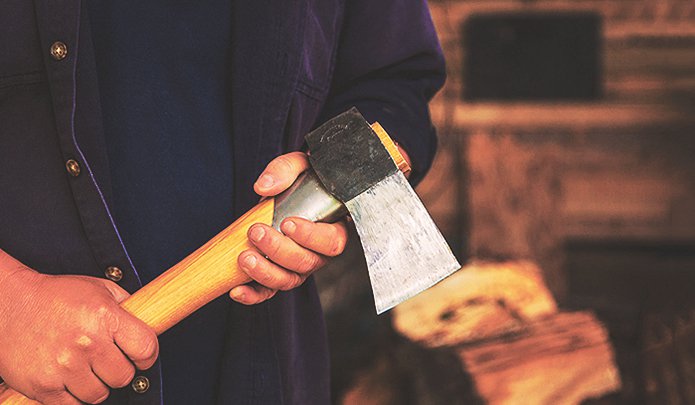
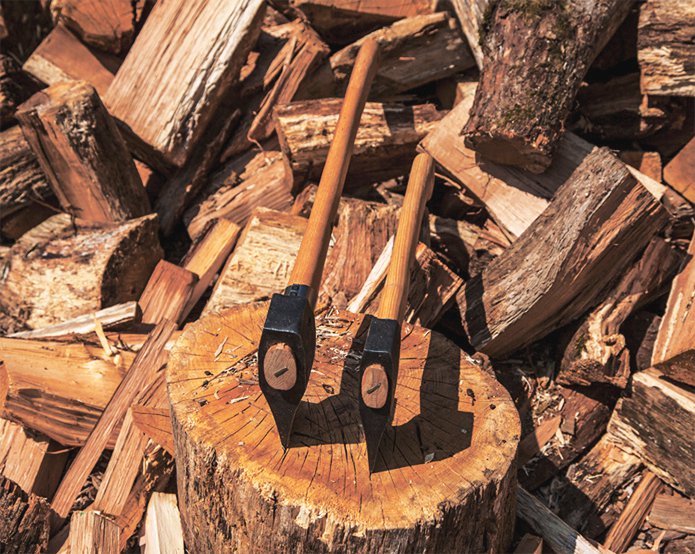
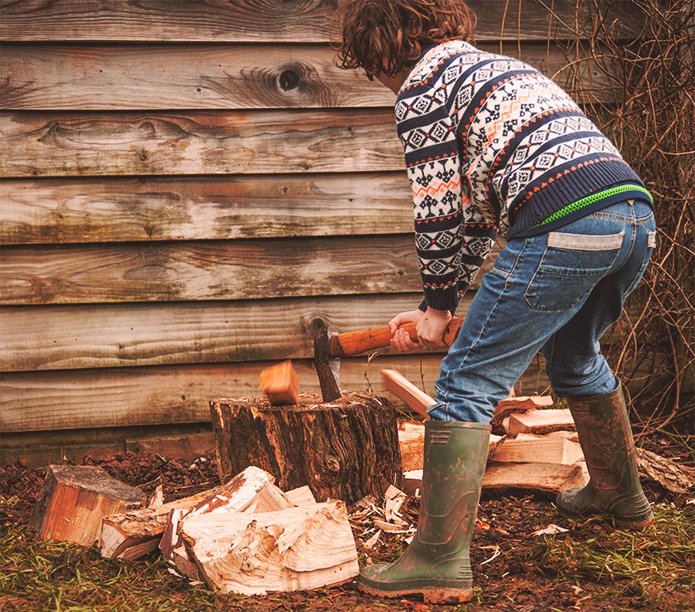

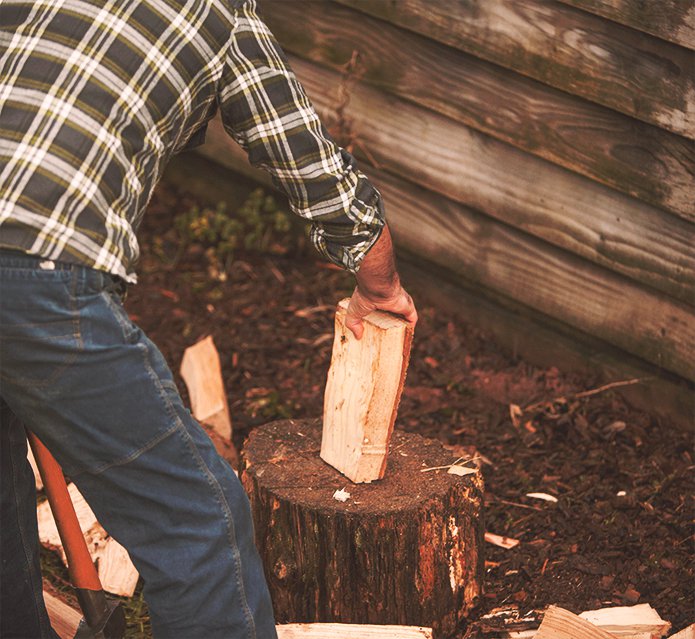
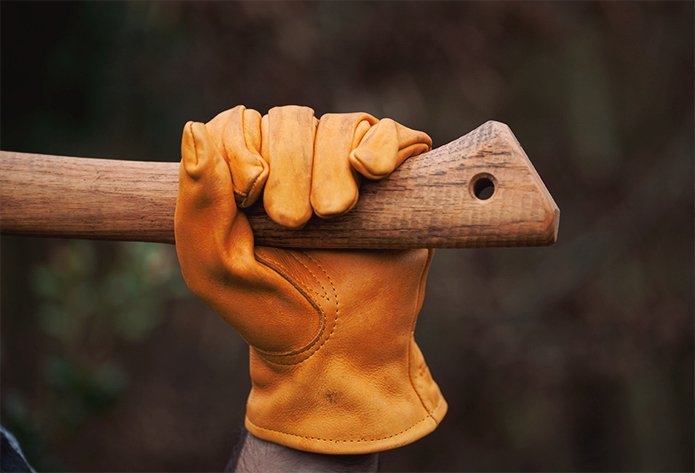
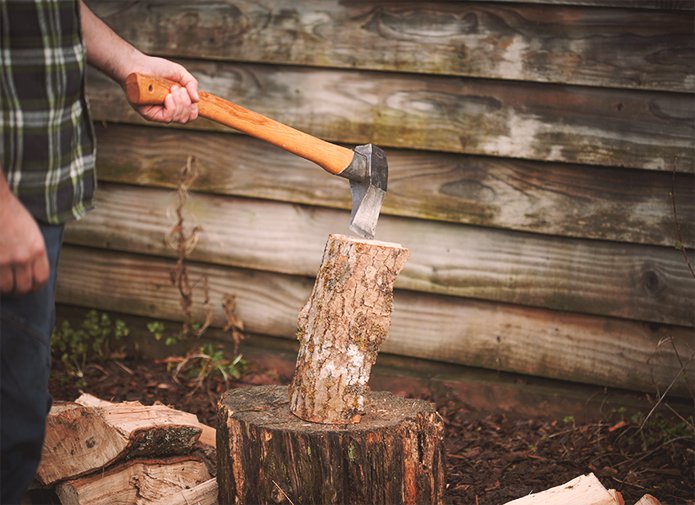
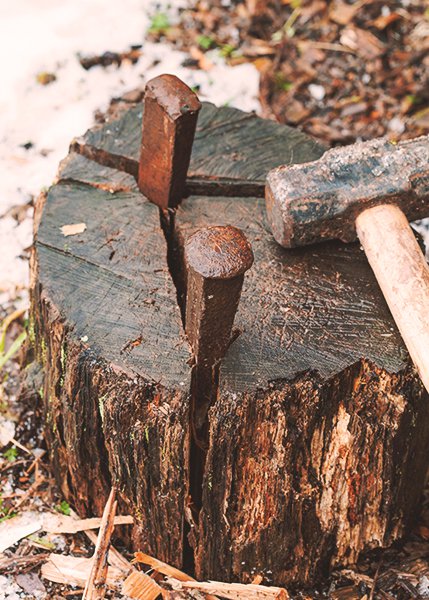










Tuesday, April 23rd 2024 at 9:10 am
[…] The Art of Splitting Firewood […]